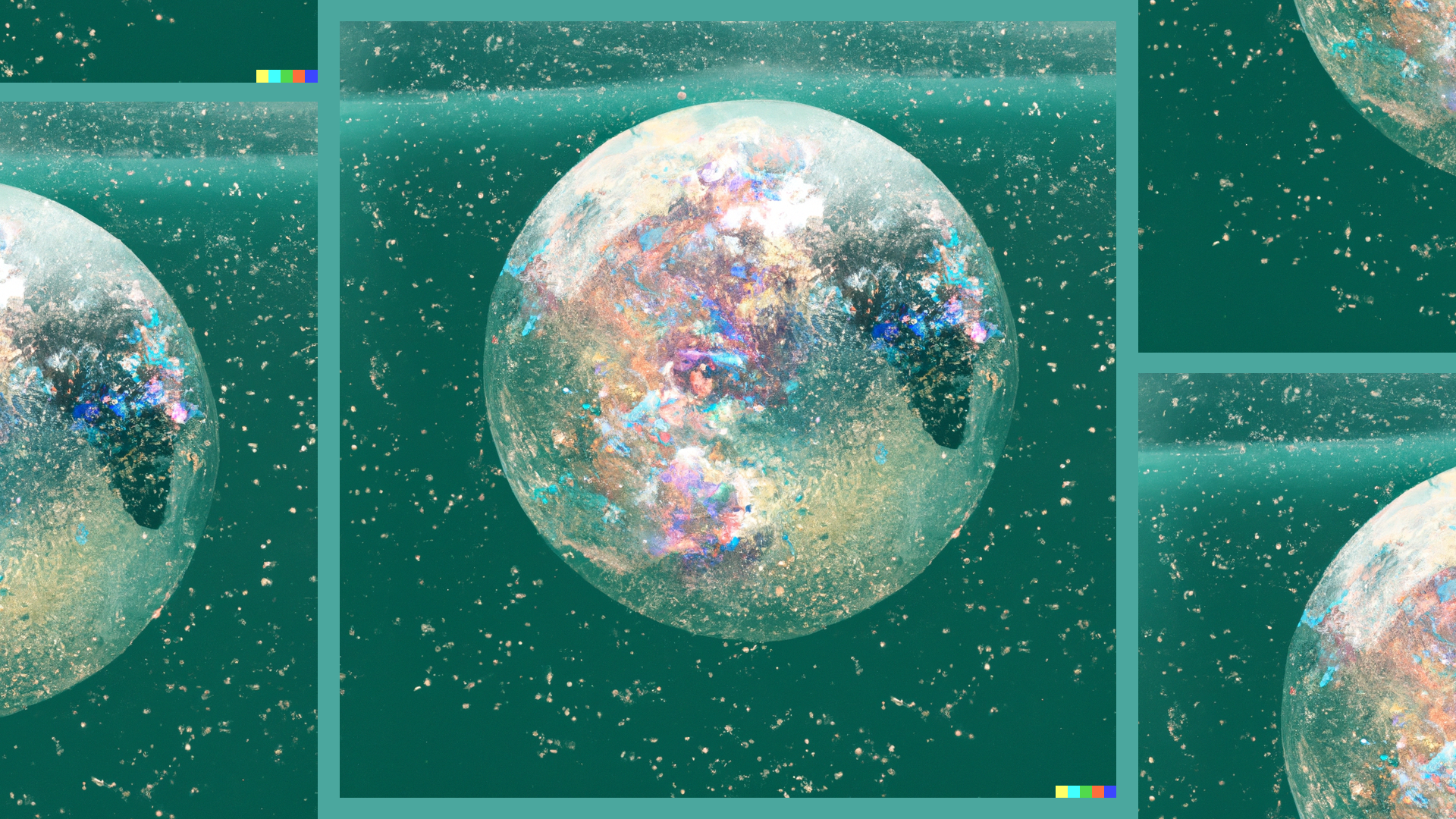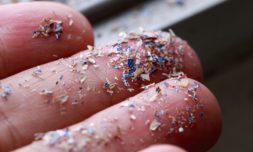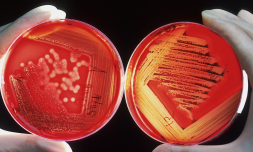When plastic pollution degrades into tiny fragments it can no longer be detected by wastewater treatment plants. A newly developed magnetic material, however, can effectively hoover up all forms of microplastic to be removed.
It may have only entered global discourse in the last few years, but people are now generally aware of the ecological threat posed by microplastics.
Split into two categories, primary microplastics are tiny items (typically smaller than 5mm) that have been designed for commercial use. We’re talking microfibres shed from clothing and other textiles, like fishing nets.
Secondary microplastics are those that appear due to throwaway plastic items breaking down within a natural environment, due to the sun’s radiation or ocean waves.
Most of this type is less than 1 micrometre in diameter, or 1,000 times finer than human hair meaning it is incredibly difficult to extract at wastewater treatment plants. There is, however, a burgeoning solution that is exciting ecological researchers.
A new powder has been developed specifically for absorbing this type of pollutant before it can toxify waterways, harm sea-life, and reportedly even end up in human blood.




















